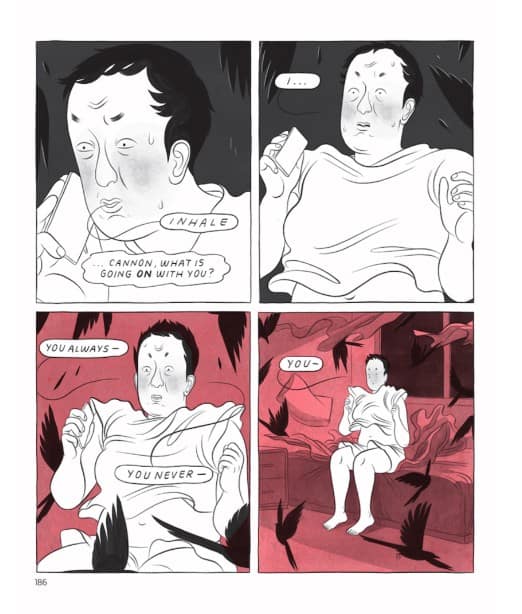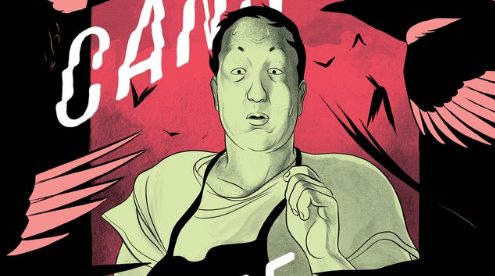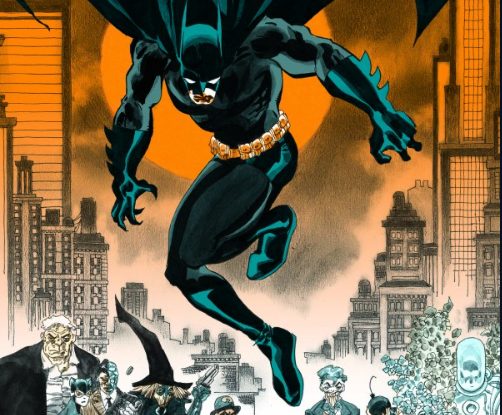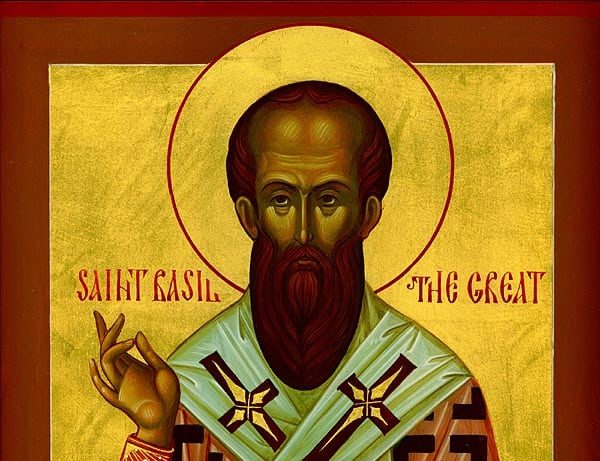Review: Lee Lai’s New CANNON Graphic Novel Brilliantly Portrays Emotional Unravelling
Lee Lai’s new graphic novel, CANNON, memorably traces the slow collapse of emotional resilience under the weight of caregiving, friendship, and suppressed rage. With a carefully crafted blend of visual nuance and dark humor, this sophomore graphic novel offers an unflinching examination of what happens when composure frays.
Shattered Calm, Emotional Upheaval
The story doesn’t tiptoe into its themes; it plunges readers directly into Cannon’s crisis. The opening image—a restaurant smashed to rubble on a sweltering Montreal night—works as both a literal event and a metaphor for her inner collapse. As Giramondo Publishing describes it: “We arrive to wreckage—a restaurant smashed to rubble… under the swampy nighttime cover of a Montreal heatwave, this is where we meet our protagonist, Cannon, dripping in beads of regret sweat”.
The oppressive humidity, night setting, and sudden destruction mirror the suffocating obligations and unspoken anger that Cannon has carried for years. By opening with aftermath rather than buildup, Lai frames the novel as an excavation: readers aren’t watching a slow burn so much as sifting through embers to discover how it all combusted.
Alchemy of Image and Narrative
What makes CANNON so powerful is how seamlessly Lai marries text and image to convey emotional nuance. The panels themselves breathe; scenes stretch or shrink depending on Cannon’s state of mind. In some sequences, conversations are rendered in overlapping or truncated speech bubbles, visually signaling how other people’s demands swallow her voice. Background details, such as tilted furniture, encroaching shadows, and drifting birds, carry psychological weight without a word of exposition. As Torrey Peters notes in her NetGalley blurb, “the book itself feels alive”.
This alchemy allows Lai to achieve what prose alone can’t: a rhythm of quiet panels, abrupt cuts, and claustrophobic close-ups that track Cannon’s emotional weather in real time. Readers sense not only what she is feeling but how those feelings compress her world, panel by panel. It’s a technique that recalls the best of Adrian Tomine’s slice-of-life comics but with a warmer, more chaotic pulse—one that makes the unraveling at the book’s center feel inevitable and deeply human.
Nuanced Portraits of Adulthood and Friendship

Endorsements poured in: Ling Ma calls it “beguilingly drawn, Cannon depicts a wide spectrum of adulthood with nuance and complexity” while Adrian Tomine hails it as “a beautifully drawn slice of life, filled with the kind of intimate, specific details that make the best fiction seem autobiographical.” These insights reinforce Lai’s talent for parenthetical storytelling—where minor details remain emotionally vital, layering meaning and authenticity.
A Sophomore Triumph That Glows
There’s mounting enthusiasm from the literary world: Giramondo highlights CANNON as an “utterly glorious sophomore graphic novel… audiences won’t ever want to look away.” That confidence signals that Lai’s follow-up to her celebrated debut Stone Fruit surpasses expectation, delivering emotional weight and narrative bravery refined through experience.
CANNON Final Verdict: A Must-Read Emotional Excavation
Lee Lai’s CANNON is an emotionally rich, visually arresting story that captures the frailties of friendship, selfhood, and caretaking. Its art and narrative intertwine with alchemical precision, and its characters’ vulnerabilities land with real, humbling force. Whether you’re drawn to intimate character studies, nuanced queer storytelling, or reverberant graphic artistry—CANNON earns every bit of its acclaim.







